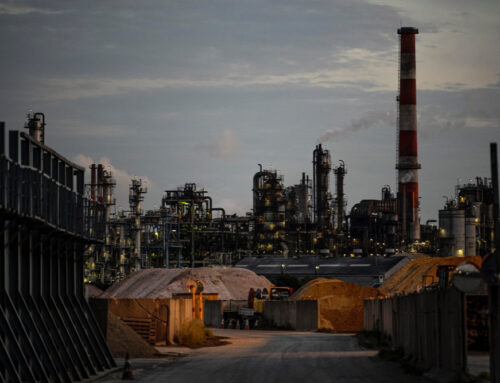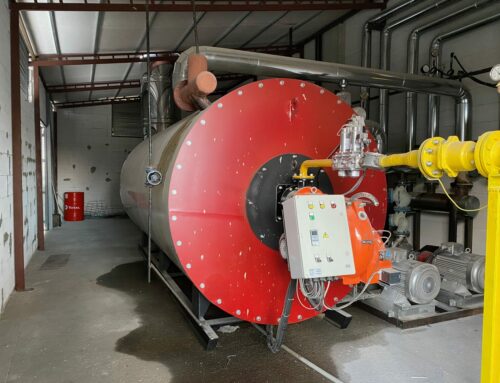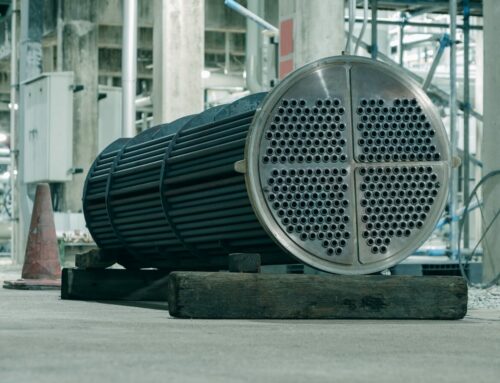In order to understand the development processes of Turkey and other countries, it is first necessary to look at their place in industry and especially in the manufacturing industry. As countries develop, their share in the sector also varies. Agriculture-like sectors, especially those that utilize natural resources, have an important share in the economy. These sectors first provide raw materials and production areas from natural resources. Then they turn to the manufacturing sector. The increase in the manufacturing sector feeds the service sector over time.
Within this natural change, the place of the manufacturing industry gradually shifts from light industry to heavy industry. When we look at the present day, there is a natural change taking place within the scope of Turkey’s manufacturing sector. It is possible to grasp and express the changes and developments taking place. However, it is necessary to evaluate the data obtained about the technology, information capacity and the quality of the workforce.
Turkey Industry Sector
A sectoral and technological overview of the Turkish industrial sector reveals different definitions of industrialization. Raw materials are transformed into portable and usable products on a large scale. The expansion of the industrial sector in terms of volume compared to other sectors is a concept belonging to the sectoral perspective.
From a technological perspective, the concept of industrialization is considered in the context of the use of new production techniques and tools and the expansion of these areas. This type of approach suggests that industrialization is not limited to the industrial sector.
Industrialization occurs when all sectors use more advanced technologies in production. Thanks to industrialization, more division of labor, mechanization and more effective use of machines are ensured. As a result, production can be realized with decreasing costs.
When measuring the level of industrialization of countries, the size of the industrial sector relative to other sectors that have a share in the economy is evaluated. In particular, the size of the manufacturing industry; the ratio to the total product produced in the economy, the components of the product, the ratio of employment in the manufacturing industry to the total number of employment and the export share of manufacturing products are among the measurable factors.
When we look at the Turkish economy, it is seen that import substitution strategies were applied before 1980, and afterwards, export industries that had the potential for development and offered the potential to compete were implemented. Incentives and subsidies were provided to encourage exports.
After 1980, an open growth model was adopted thanks to industrialization. The open growth model aimed to support the industrial sector. Thanks to the increased foreign demand with the implementation of the open growth model and the effective use of the production capacity created before 1980; labor productivity in Turkey’s manufacturing sector increased after 1980.
Looking at the period 1998-2009, the industrial sector recorded a growth rate of 34.51%. When we look at the agricultural sector as a manufacturing sector, we see that this rate is 11.56%. Looking at other sectors, there is a growth of 52.3%. In this way, the development of Turkey’s manufacturing sector can also be seen.
The economic crisis between 1999 and 2001 affected all sectors and caused a decline in values. In 2008, the international financial crisis led to a negative growth rate in industry and other sectors. Despite the negative growth rate of industry and other sectors, the manufacturing sector continued to grow.
Manufacturing Area Characteristics in Turkish Industry
The manufacturing industry is divided into three groups based on its sub-sectors. They differ as having high, medium and low technology. The high-tech sectors are pharmaceuticals, calculating and electrical machinery, communication equipment, aircraft and appliance industries.
Medium level products are chemicals and cleaning materials, paints, varnishes, rubber, metal, machinery and transportation vehicles. Those with low technology level are textiles and clothing, forest and paper products, petroleum, coal, food, iron and steel products, etc. This grouping based on technology intensity does not depend on factors such as labor and capital.
Apart from this, it is also possible to use other criteria when evaluating the manufacturing industry. Sectors can also be divided into large and small workplaces. The weight of workplaces within the sector, the distribution of value added, the level of technology utilization and the competitive structure of the sectors can provide information.
Moreover, the direction and extent of structural change in the manufacturing industry is another measure of change. Value added distribution is obtained by deducting the value of raw materials and goods purchases from the value of production in all sectors. Therefore, an increasing value added indicates that the change is in a positive direction.
One of the important characteristics of the manufacturing industry is that it provides much higher labor productivity than agriculture and services sectors. Increased employment in the manufacturing industry leads to an increase in labor productivity. In addition, with the developing technology, the manufacturing industry spreads to other sectors.
Turkish Manufacturing and Development
The manufacturing industry, which leads to positive developments especially in the agriculture and service sectors, produces machinery, medicines, fertilizers, supports that provide communication technology and enables other sectors to use them. In this way, thanks to the manufacturing industry, productivity increases in all sectors. In addition, the manufacturing industry, which has an important share in production and employment, represents the economy better than other sectors.
Developments in industry can be emphasized as one of the primary factors of the development of countries. When we look at developed countries, the developments in the industrial sector after agriculture draw attention. While the industrial sector also develops thanks to the developments in the agricultural sector, the share of the service sector increases with the accompanying technological developments.
The manufacturing industry, which emerges as an indicator of the level of development of countries, leads growth with the value it adds first to its own sector and then to other sectors. The manufacturing industry provides an environment especially for the implementation of technology policies. It provides technological support for the realization of R&D studies.
It is an important source of growth, especially for developing countries. It supports development even in wise countries that do not have sufficient infrastructure. Turkey’s manufacturing area, as well as the country’s economic structure affects the social structure. Development plans prepared for our country are usually made through the manufacturing industry for these reasons.
Statistics on the Manufacturing Sector of the Turkish Industry
When we look at the developed countries, we see that with the industrial revolution, they shifted from agriculture to being producers and exporters of manufacturing industry products. Moreover, it is obvious that the development of the manufacturing industry continues in all developing countries.
In 1980, manufacturing industry exports increased by 981.3% by 1990. The policies implemented during these years and the strategies open to foreign trade clearly express the positive change in the manufacturing industry during the decade.
In 2000, the export rate increased by 243% compared to 1990. Then we can look at the period between 1990 and 2000, a period of wars, earthquakes and economic crises. In this period, exports in the manufacturing industry increased four times slower than in the previous decade. In 2007, exports increased by 395.76% in seven years.
In terms of exports, imports between 1980 and 1990 increased by 350.43%. Looking at this ratio, it can be said that exports in the manufacturing industry increased 10 times while imports increased 3.4 times. Thanks to these increases, the foreign trade deficit was reduced to very low levels.
From 2000 to 2008, when we look at the increasing import and export gap, it is seen that the export performance of the manufacturing industry has increased exponentially day by day. However, the years 1994, 1999 and finally 2001, when economic crises occurred, were recorded as the years when the rate of development decreased.
Looking at the statistics, it is seen that the place and importance of the manufacturing industry in the economy within the scope of Turkey’s manufacturing sector is increasing day by day. Thanks to this sector, the characteristics of the structure of production and the measures that can be taken to reduce foreign dependency can also be taken into consideration. As a result, it is seen that the manufacturing industry plays a major role in the development of the country and reduces foreign dependency. It also supports changes in the industrial sector.






Leave A Comment